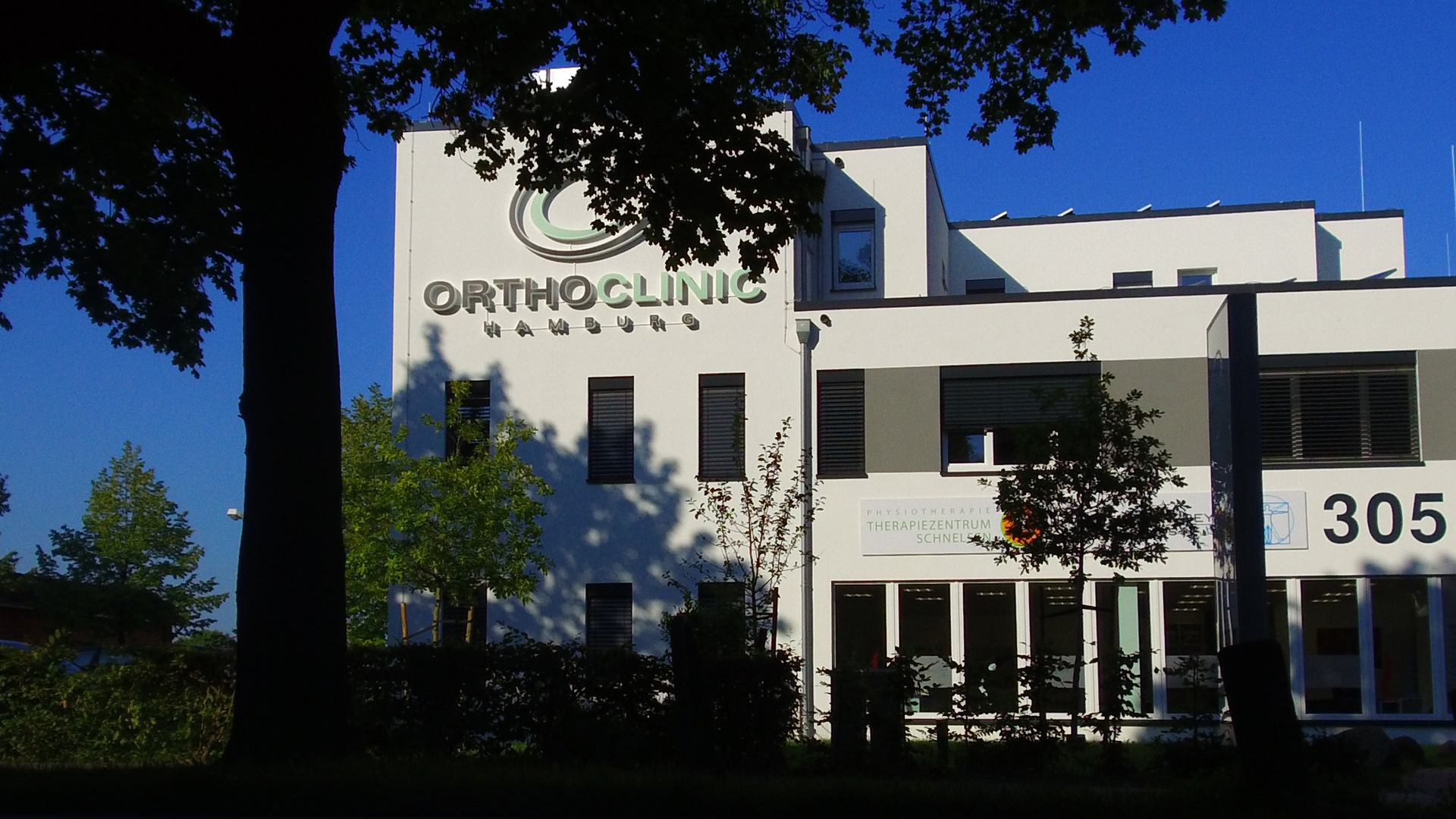Abrasive joint replacement material that accumulates in the tissue induces reciprocal effects between prosthesis material and organism. Since the limitations of brightfield and polarized light microscopy for foreign body analysis are well known, a method was applied which ensures the detailed histological assessment of non-birefringent particles in periprosthetic soft and hard tissue. Cemented and cementless interface regions of five selected autopsy hip implant cases were viewed under darkfield illumination and subsequently analyzed with proton induced x-ray Emission (PIXE).
Eight autopsy cases without implants served as controls. The majority of particles in the samples from the cemented cases were degradation products of radiopaque bone cement. However, a considerable quantity of heavy metal cobalt (Co) was found in the periprosthetic mineralized bone tissue which was not observed in the controls. The periprosthetic concentration of cobalt ranged from 38 to 413 ppm. The findings demonstrate a correlation between cobalt concentration, time since implantation and distance from the implant. Darkfield microscopy associated with PIXE enables a detailed histological assessment of metal particles in the tissue.

